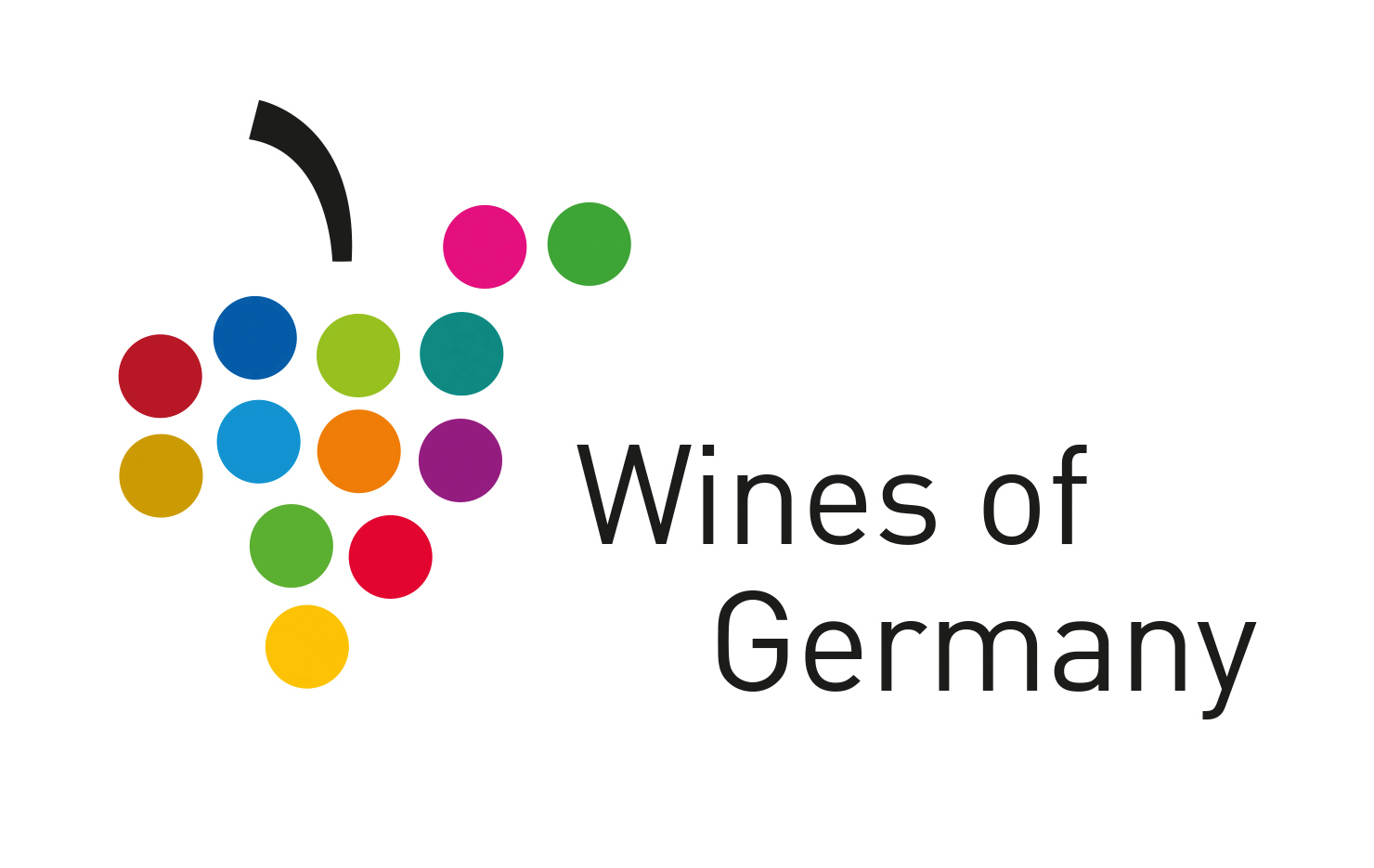Recent frosty weather in the German wine regions has delivered a rewarding Eiswein harvest for producers who left grapes hanging on the vines in readiness.
Read on to hear how brave winemakers fared in the freezing conditions around 12th and 13th December.
AHR REGION
In temperatures of -8 degrees, the team around Ahr winemaker Peter Kriechel, wrapped up in warm layers, and harvested fruit wearing head torches in the “Bachemer Wingert” site. All preparations were made when the breathing air was frozen. “The feeling is fantastic. After more than 20 years, we finally had the conditions again this year to harvest frozen grapes for our Eiswein. We are very happy,” says Kriechel.
FRANKEN
Frozen grapes for noble sweet ice wine were also harvested in Franken at temperatures of -11 degrees. Christian Reiss from Würzburg is hoping for 80 litres of the rare wine, which will be available from April or May. According to the winemaker, the Silvaner grapes had a high value of 205 degrees Oechsle (the gauge of sugar in grape must). The minimum value for the must weight of Eiswine is 110 – 128 degrees Oechsle, depending on the growing area. The Göbel winery in Randersacker, which was able to harvest the frozen Pinot Noir grapes, was also happy about the freezing after-frost. According to the Winegrowers Association in Franken, only a few winegrowers left grapes for Eiswine in Franconia this year.
HESSISCHE BERGSTRASSE
In Germany’s wine growing region “Hessische Bergstraße”, cold air flowing out of the Odenwald penetrates into the flat plots in the “Heppenheimer Stemmler” site and ensures freezing temperatures. At -10 degrees, frozen grapes of the Souvignier Gris variety were harvested by Bergsträsser Winzer. First measurements showed a must weight of 179 degrees Oechsle.
MOSEL
Markus Molitor winery as well as Thorsten Melsheimer Winery successfully harvested grapes for Eiswein in their vineyards during this very cold snap.
NAHE
Wine producers in the Nahe wine-growing region have not registered any vineyards for Eiswein production this year. In Germany, this is a pre-condition by law in order to produce Eiswein, so you won’t see any 2022 vintage Eiswein from the Nahe.
PFALZ
The Weinkontor Edenkoben successfully harvested Eiswein from the Cabernet Mitos grape variety at -9.2 degrees. The sugar level of the grapes was measured at 152 degrees Oechsle – around half more than at the start of the harvest at the end of August, showing the effect of the extended hang time and the frost.
RHEINGAU
Four wineries successfully harvested frozen fruit for Eiswein in the Rheingau, including the Weingut Meine Freiheit.
RHEINHESSEN
The Wein- und Sektgut Kost was able to harvest Silvaner Eiswein thanks to the freezing weather conditions. In the largest wine-growing region in Germany, only ten winegrowers in Rheinhessen registered their intention to make Eiswein this year.
SACHSEN and SAALE-UNSTRUT
Surprisingly and very early in the year, numerous winegrowers in the two north-eastern wine-growing regions of Saale-Unstrut and Saxony – Elisabeth Born being one of them – were able to crown the 2022 vintage with a successful Eiswein harvest on the night of November 20th (German language report). Producers in other winegrowing regions had to wait until December. At -7 to -9 degrees, the conditions were perfect. The grape varieties of the harvested Eiswein grapes ranged from Riesling and Traminer to Cabernet Blanc and Blauer Zweigelt.
WÜRTTEMBERG
In Württemberg, the Fellbacher Weingärtner eG team went to the vineyard in the early hours during the cold snap to harvest the berries for the sweet style. The perfectly healthy and frozen Pinot Noir grapes, which according to Thomas Seibold – CEO of Weingärtner eG – “hung more vitally than ever on the vine”, brought a must weight of 179 degrees Oechsle on the scales. In total, the Fellbachers are expected to produce almost 1,000 bottles of Eiswein.
In the Remstal, deep-frozen Lemberger and Riesling grapes were harvested at the Beurer winery in Kernen-Stetten, while frozen Kerner grapes were harvested at the Jürgen Ellwanger winery: “150 litres of Kerner Eiswein with 180 degrees Oechsle come from the cold Winterbacher Hungerberg ,” summarises Felix Ellwanger.
Achim Stilz from Weingut im Hagenbüchle in Weinstadt-Schnait reports that the grapes of the fungus-resistant Johanniter grape variety brought 144 degrees Oechsle to the Oechsle scale. “That could be the very first Johanniter ice wine!” says Achim Stilz. Sven Ellwanger from the Großheppacher Weingut Bernhard Ellwanger also reports very healthy grapes, where Syrah grapes in Großheppach and Cabernet Cubin grapes in Geradstetten were on the harvest plan.
Background: Expectation on Eiswein – a risk always remains
In the south-west of Germany, only comparatively few companies left grapes for ice wine production this year. In Rhineland-Pfalz (Palatinate), there were only 35 producers who registered vineyards for the Eiswein harvest, in 2021 there were still 152. Often the grapes were no longer in the state of health that is required for this noble sweet speciality.


